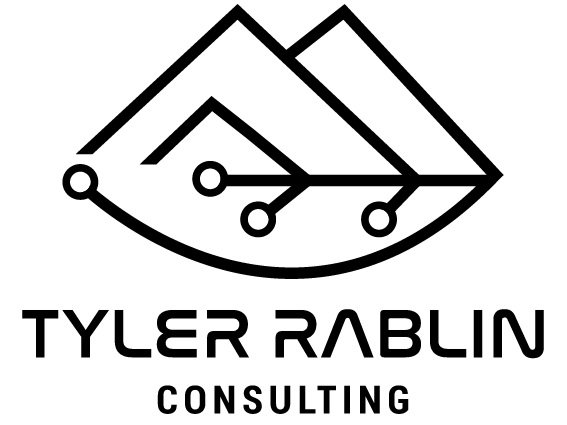Uninformative Data: What Does Your Grade Book Tell You?
In deciding on a picture that accurately represented how my grade book used to look, I came up with a couple options. I couldn't decide on one, so here are both.
 |
| Option 1 Option 2 |
There were a number of problems with how my grade book used to look, but here are the major ones.
- It was assignment-based - I simply added a new column for each assignment and entered scores. It was cluttered and messy, and worst of all, communicated compliance above all else.
- It was a straightforward numerical process - I simply averaged the scores from the term and voila! It told students they were just the average of their work.
- It was cumbersome - there was just too much going on. It needed to be simpler.
A lot of what I am going to talk about in terms of setting up a grade book is informed by this quote:
"You can have data without information, but you cannot have information without data." -Daniel Keys MoranMy grade book used to have so much data in it, but I couldn't do anything with it. It was just there, a document I could show to admin or parents to say, "Look! We didn't just sit here and stare at each other for nine months!" I wanted information, not data.
So, I decided to host my own episode of Extreme Grade Book Makeover, and it completely changed my relationship to data in my classroom.
Here's the renovated grade book that I use now:
- Clear?
- Growth-oriented?
- Color-coded?
1. Is it clear?
What does your grade book tell you? What does it tell students?
Most of the time, our grade books communicate compliance. How many of the assignments did the student complete? With a simple shift, we can change the focus. By breaking the grade book into sections based on academic skills (targets, standards, whatever other name is thrown down the pipeline), we can make the purpose of the data more clear.
Application:
- Break your grade book into sections based on academic content and skills
- Calculate the average score for the class - tells you what skills you need to reteach
2. Is it growth-oriented?
Does the first attempt at a target matter as much as the last attempt? If your answer is yes, then Michael Jordan was a mediocre basketball player (he was just a JV player as a sophomore), Einstein wasn't all that bright (he got low grades in high school), and the ugly duckling would never be more that a 6, maybe a 7 tops, both those ugly duckling stages really brought them down.
Our grade books tell students that where they start is equally as important as where they end. The reality is that it shouldn't matter at all where we start; what matters is where we end.
If your grade book is broken into categories, you can clearly identify growth and develop a true summative score for each skill at the end of the term.
Application:
- Think about dropping scores
- Emphasize later scores over earlier ones
- Set up your grade book to show growth by skills over time
- Use the same rubric to score each skill
2. Is it color-coded?
This one seems silly, but it has proven to be absolutely valuable to me in quickly analyzing student performance. I've found that I use my data much more now that I can quickly identify strengths and weaknesses for each student or class. Plus, it's more exciting to look at!
Application:
- Find some way to quickly (preferably automatically) color-code your data
Cool, but why?
Assessment has become more valuable to me, as it provides me with valuable information in my classroom now, but it also changes how my students view assessments. It's no longer about the assignment; it's about the bigger picture. Are they growing? Are they learning?
Did this completely eliminate the "What can I do to raise my grade?" question? Well, not entirely, but I have seen a marked shift in the focus from just doing things to really understanding how those activities or assessment fit into the grand scheme of what we're learning.
If you have additional ideas or thoughts, please leave them in a comment below!


